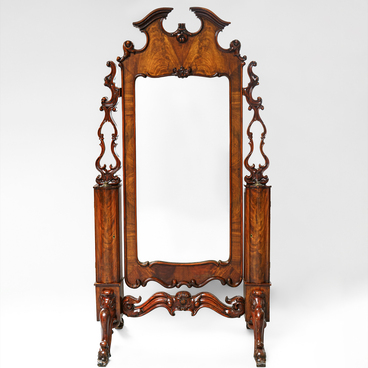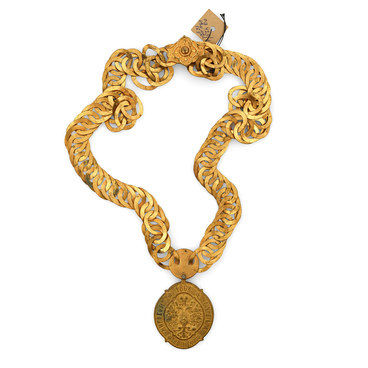The collection of the Lipetsk Regional Museum of Local Lore features several types of combs. According to “The Report of the Lipetsk Society for the Spread of Scientific and Practical Knowledge named after Peter the Great”, the combs were donated to the museum by Mariya Apollonovna Zhukova in 1910. Mariya Zhukova was a prominent public figure, the daughter of the magistrate Apollon Andreyevich Volkonsky. Her husband Vladimir Illarionovich Zhukov was one of the founding members of the Lipetsk Society, an artist, poet, and local historian, as well as the first director of the museum. He devoted most of his life to promoting culture and the arts in the city of Lipetsk.
A comb is an accessory that consists of a shaft that holds a row of teeth. Archaeological excavations have shown that people started using combs in the Stone Age as a personal hygiene tool for combing their hair. Later, combs began to be used as decorative hair pieces. In this function, combs became particularly popular in 19th-century Europe. The fashion came from Spain where a large head ornament, known as a peineta, became an integral element of the traditional costume. It was held to the hair in a vertical position and partially hidden by a translucent mantilla, often made from black lace. Typically, a peineta was used in combination with a set of long hairpins. This comb was often large and rather heavy.
European craftsmen were skilled at crafting combs from various materials, including tortoiseshell, horn, ivory, and wood. Tortoiseshell combs were considered the most precious due to their unique color and intricate patterns. However, since the material was quite expensive, craftsmen began to make combs from horns and celluloid, imitating the color and texture of tortoiseshell. In Russia, where horns were available in large amounts, decorative combs were usually made from this material. It was difficult to differentiate them from those made from tortoiseshell. In the late 19th and early 20th centuries, combs remained fashionable due to the influence of the Art Nouveau movement in Europe.


